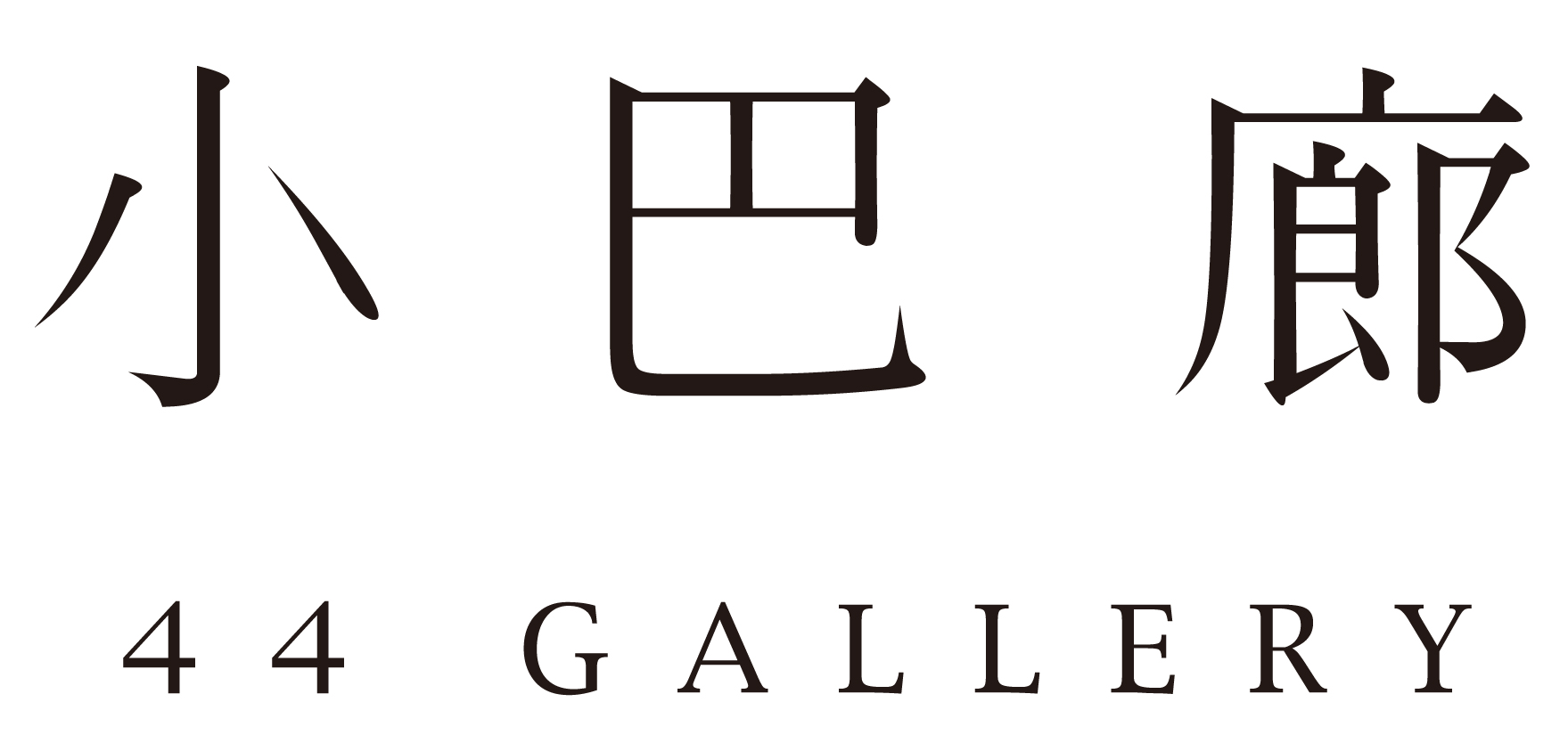『 動物派對 - 動物主題展 』
2017.7.8 - 8.12
處於20世紀的藝術大師,畢卡索.布朗庫西.馬諦斯等..受到部落藝術的啟發,在作品中轉化為另一種的可能…
處於2017年的當代藝術家 吳佩珊透過自然與人為建築的關係,又會以什麼樣的創作來詮釋她心目中的美好園地呢?
吳佩珊
擁擠的都市景觀對於我個人來說相當不適應,高樓大廈密集的排列、狹小而水洩不通的道路、打開窗看見的是周圍鄰居的鐵門鐵窗、抬頭看見的是被許多高聳建築包圍的一片小小天空,視線中處處充滿著灰暗的色彩。我認為,在城市中生活,建築物除了提供我們居住空間,卻也帶給我們視覺無形的壓迫感。這樣的情況讓我開始去思考建築的本質是什麼?如何改善建築物的造型外觀,在不改變其功能之下亦不對人們的視覺造成壓迫?人為的建築物和大自然的良好平衡關係應該又是如何?以上問題為我的創作主要發想。
當我進入新的環境最先注意到的,是各式各樣連結空間與人們的建築物。我認為建築的外觀應該要打破單一制式化或是單純用水平線及直線所構成的造型,應該是要更自由和具有創造力,才能使其空間使用者及觀看者感到愉悅自在。
我使用洞穴建築做為創作的主要造型,在部落的建築中也可以看到洞穴建築的特徵,例如小小的門窗、使用自然材料等等。從洞穴建築中可以看出人類的祖先對大自然的尊重及敬畏之心,用最避免破壞整體環境的方式來建設自身居住所需,和平且謙虛地與大自然共處,並且建造出在現代人眼中也十分驚嘆的洞穴建築。
洞穴的隱閉居住環境帶給我們的祖先安全感,避免史前人類受到猛獸的攻擊、颳風下雨、閃電等等自然因素所造成的生活不便及人身上的傷害,這樣關於洞穴居住的記憶一直留存於人類的基因中影響著後代的我們,形成一種人類集體淺意識。回顧我們的兒時或是觀察現在周遭的小朋友,可以發現兒童常常對於有隱蔽性的空間有嚮往,例如帳篷、溜滑梯下的小空間、擁有小小的出入口可以讓兒童躲藏攀爬的遊樂設施、將棉被蓋住全身等等。這樣的空間在小孩心中扮演著秘密基地的角色,在秘密基地中盡情的與朋友玩樂聊天或是獨自看書、畫畫,不受到外界的干擾,我認為這種對於隱閉空間的嚮往是一種本能行為。
這次展覽中的作品都和建築及自然的有機造型相關,《twinkle》、《限時逃生口》及《很自然大廈》三件作品是以不鏽鋼為創作媒材,材質本身即是工業時代下的產物,而現代建築亦然。不同於一般將塑造鑄造成金屬作品,我將原本平職工整的不鏽鋼片經由焊接熔化為不規則的造型,類似使用塑造的手法去製造作品上的筆觸及肌理,造型上則是既像石又像山般的有機感,透過不鏽鋼本身形態上的轉變讓建築及自然景觀做連結。
作品《獨棟別墅》及《雙拼別墅》則是使用水泥為創作媒材,水泥為生活中最常見的建築材料,用人工的建築材料去模仿馬利部落的建築並且在上方種植植物,讓觀者想向居住其中的感受。
小巴廊
創立於2007年的小巴廊,致力推廣部落藝術和尋找與藝術對話的可能性。
小巴廊藉由不同主題的部落藝術展,來多面向的呈現這個藝術領域。
部落藝術( Tribal Art) 在亞洲是非常少見的領域,但在歐美國家卻已經成形有百年以上的歷史。
受到先前於北美館展出的《帕克特 x 藝術家─220件合作計畫》所啟發,期待透過藝術家合作的可能性,產生更多面向的藝術角度。
期待本次「來自土堆 」合作展,藝術家吳佩珊不受拘束般的建築雕塑與部落藝術作品共同呈現下,以透過自然與人為建築的關係中,彷彿將冰冷的建築,轉換為另一種自由奔放、溫暖樸實的氛圍。
In the 20th century, master artists such as Picasso, Brâncuși, and Matisse were inspired by tribal art, transforming its essence into new creative possibilities. Now, in 2017, contemporary artist Wu Peishan explores the relationship between nature and man-made architecture—how will she interpret her vision of an ideal paradise through her art?
For Wu Peishan, the crowded urban landscape feels overwhelming. The dense arrangement of skyscrapers, narrow and congested streets, and the view of iron-barred windows instead of open horizons all contribute to a stifling atmosphere. In cities, architecture provides shelter but also imposes an invisible visual pressure. This realization led Wu to question the very essence of architecture: How can its exterior be improved without altering its function? How can buildings coexist harmoniously with nature rather than dominating it? These questions became the foundation of her creative exploration.
When entering a new environment, Wu first notices the architecture that connects spaces and people. She believes that buildings should break away from rigid, standardized forms composed merely of horizontal and vertical lines. Instead, they should embrace greater freedom and creativity, allowing both inhabitants and viewers to feel at ease.
Her artistic inspiration draws from cave architecture—a form deeply embedded in tribal structures, characterized by small doorways and windows, and the use of natural materials. Cave dwellings reflect humanity’s ancestral respect and reverence for nature, embodying a harmonious coexistence that minimizes environmental disruption. These structures, which modern viewers still find awe-inspiring, provided early humans with a sense of security against wild animals, harsh weather, and natural threats. This memory of cave living has persisted in human genetics, influencing our subconscious preferences even today.
Observing children at play, one can see a natural attraction to enclosed spaces—whether it’s a tent, a small hideout under a slide, play structures with small entrances for climbing and hiding, or simply being wrapped up in a blanket. These spaces serve as secret retreats where children can play, read, or draw without external disturbances. Wu believes that this instinctive desire for enclosed spaces is deeply rooted in human nature.
The works in this exhibition all explore the organic relationship between architecture and nature. Three stainless steel sculptures—Twinkle, Limited Escape Exit, and Very Natural Tower—are created using an industrial material commonly associated with modern architecture. Instead of casting the metal into rigid forms, Wu melts and reshapes the stainless steel into irregular, organic structures reminiscent of stone and mountains. This transformation links industrial materials with natural landscapes, bridging the gap between architecture and the environment.
Additionally, Detached Villa and Twin Villas are made from concrete, one of the most common building materials. By using artificial materials to recreate the architectural forms of the Mali tribe and incorporating plants on top, Wu invites viewers to imagine what it might feel like to live within these structures.
Founded in 2007, Siabarang has been dedicated to promoting tribal art and exploring its dialogue with contemporary artistic practices. Through exhibitions on various themes, Siabarang presents a multifaceted view of this artistic field. While tribal art remains a relatively obscure discipline in Asia, it has been well-established in Western countries for over a century. Inspired by the Parker x Artists—220 Collaborative Projects exhibition at the Taipei Fine Arts Museum, this collaborative exhibition, From the Earth Mounds, seeks to expand the artistic discourse through collaboration.
With Wu Peishan’s unrestrained architectural sculptures and tribal art pieces presented side by side, this exhibition transforms cold, rigid architecture into a space of freedom, warmth, and organic simplicity—bridging the divide between human-made structures and the natural world.


